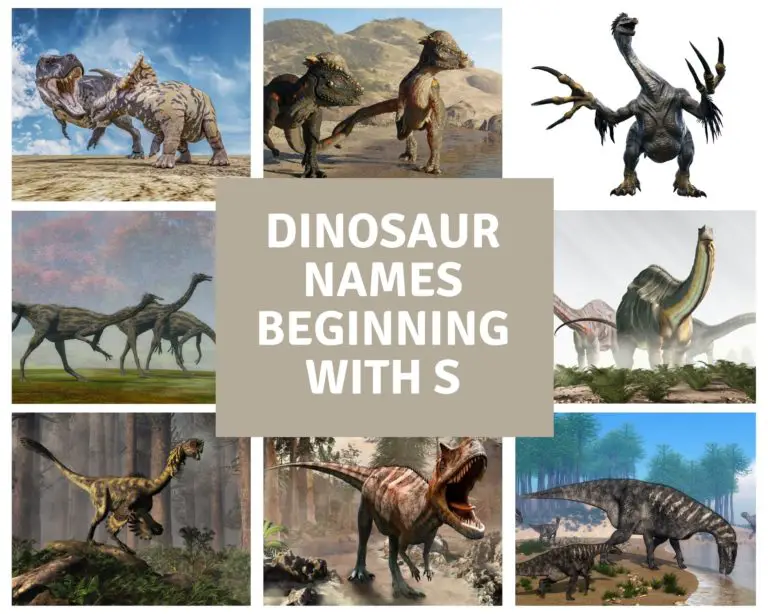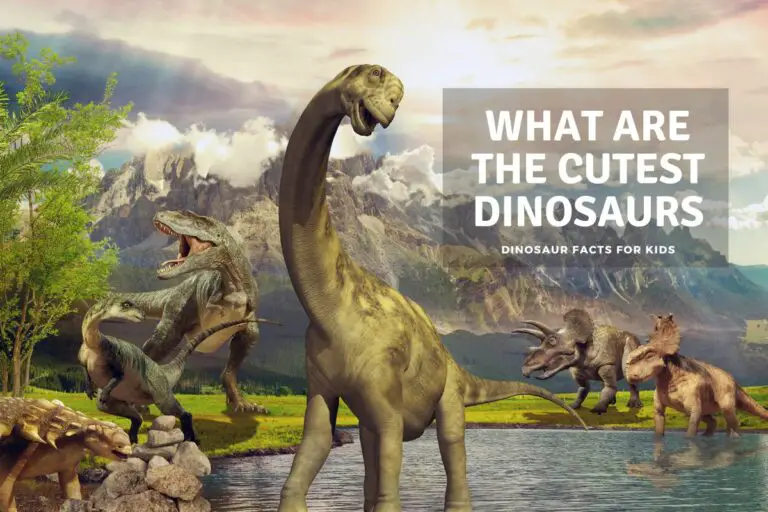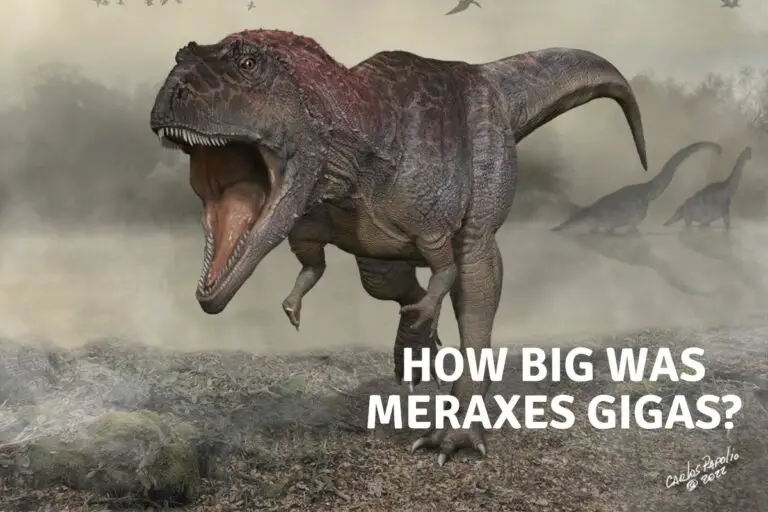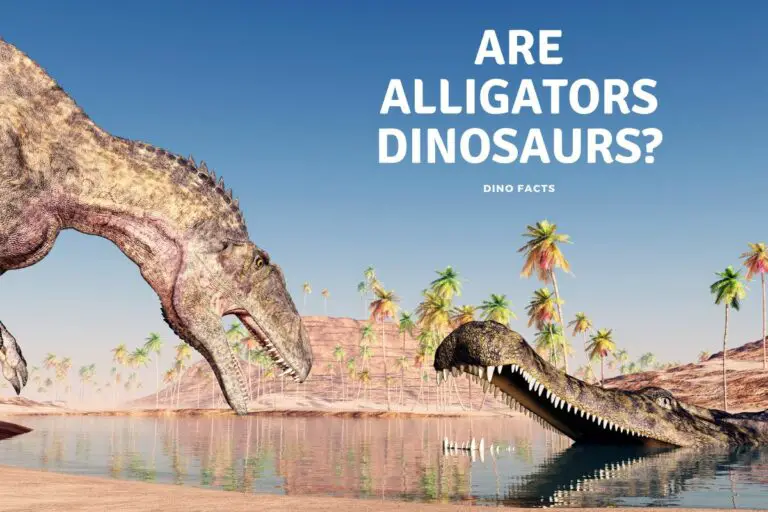How Big was Dilophosaurus?
Dilophosaurus is a theropod dinosaur that lived during the Early Jurassic period, approximately 193-189 million years ago. It is known for its distinctive crests on its skull, which give it a unique appearance among other dinosaurs and for its controversial appearance in two Jurassic Park and World Movies. Where it looks very different to the real dinosaur. We take a look at this and the size of this early dinosaur in the article below.
The Early Jurassic Dinosaur Dilophosaurus is estimated to have been 20-23 feet in length (7-8 metres), have weighed between 624 to 880 lbs ( 283 to 400 kg) and stood at the hips at a height of 4-6 feet ( 1.4-1.8 metres). this made it one of the largest Early Jurassic Dinosaurs.
Dilophosaurus is one of the best preserved dinosaur fossils of the Early jurassic, and this means a great deal of information has been able to be learned from those specimens including its size.

What was the Dilophosaurus
Dilophosaurus was one of the earliest of the larger carnivorous dinosaurs living in the early Jurassic Period about 190 million years ago. Just to put that into context its about 120 million years before a T-Rex ever took its first steps!
it had a unique physical appearance, with two crests on its skull and a slender body. It had a long neck and tail, and sharp teeth for tearing flesh. In terms of size, it was considered a medium-sized theropod dinosaur.
Adult Dilophosaurus specimens were estimated to be around 6-7 meters (20-23 feet) in length, with a height of about 1.5-1.6 meters (5.6 feet) at the hip But we look at its size in more detail in the next section.
Dilophosaurus was first discovered in 1940 in Arizona, with 2 better preserved fossils discovered in 1942 in is one of the largest dinosaurs of its time.
How Big Was Dilophosaurus?
Although you many be more familiar with this dinosaur from its appearances on the big screen in the two movies mentioned above, it was in fact very different to how it looked there ( we go into that in a section below)
It was a was a medium-sized theropod (walked on two legs) dinosaur that, while smaller than the largest of predators, did live about between 90 and 130 million years before them! We take a look at its length, weight and height below.
How Long was Dilophosaurus
Adult Dilophosaurus are estimated to have grown to 6-7 meters (20-23 feet) in length at their largest. However, they have been smaller discoveries that are estimated to be around 19 feet long so it ranged between these sizes. We compare this to other dinosaurs in a table on this page.
How Tall was Dilophosaurus
Dilophosaurus stood at an estimated height of between 1.5 and 1.8 meters (5-6 feet) at the hip. although when raising its relatively long neck would have been taller perhaps up to 8 -9 feet tall. Again although smaller than a lot of the more famous carnivores it was large enough at its time to be the apex predator.
How Heavy was Dilophosaurus
Of the two holotype fossils discovered the estimated weight of a dilophosaurus has a pretty wide range of between 283 kg ( 624 lbs) and 400 kg (880lbs). Although estimating the weight of dinosaurs is a very tricky affair and can produce wildly different results ( check out spinosaurus weight for proof of this!)
Table 1: Dilophosaurus Size
| Dinosaur | Length (meters/feet) | Height (meters/feet) | Weight (kg/lbs) | Time Period |
|---|---|---|---|---|
| Dilophosaurus | 6-7 meters (20-23 feet) | 1.3-1.8 meters (4-6 feet) | Up to 400 kg (880 lbs) | Early Jurassic (193-183 million years ago) |
Why is the Size of Dilophosaurus important?
Understanding the size of Dilophosaurus as well as other dinosaurs, is important because it helps us piece together the ecosystem and dynamics of time it lived in, in this case the Early Jurassic period.
By knowing how large it was, we can understand its interactions with other species and its role in the food chain ( at the top we think). Additionally, studying its size and growth can provide insight into how dinosaurs evolved over time and adapted to changing environments.
How we know the size of Dilophosaurus
We mention in most of our ‘How Big’ articles on dinosaurs the ways that paleontologists and scientists can estimate the size of a dinosaur just using bones, and sometimes not many of those!.
These include the following
- Measuring length and diameter of the fossil bones
- Computer modeling
- Comparisons to other dinosaurs and animals.
However there is another way to estimate the size of dinosaurs and that is by using their fossilized footprints. Dinosaur footprints can be found all over the world, much like the Hollywood stars and handprints in Los Angeles – but cooler we think!.
By measuring these, and being able to identify what dinosaur made them, we can start to put together estimates of their size, especially if we use the information along side the other methods we listed above.

Compared to other dinosaurs
Comparing Dilophosaurus to other theropod dinosaurs, it becomes clear that it was not the largest predator of all time, but potentially was one of the largest of its time.
When we look at its size difference with the dinosaurs below it most closely lines up with the Utahraptor, at least the smaller holotype of the dilophosaurus. However the Utahraptor lived approximately 60 million years after dilophosaurus ( although in a similar location) .
The carnivorous dinosaur Allosaurus, which lived during the Late Jurassic period, about 30 million years after Dilophosaurus, could grow up to 12 meters (39 feet) in length and weigh over 1,000 kg (2,200 lbs) Making it much larger.
So although not the largest carnivore in the world it was still both large and successful for its time, and was certainly much larger than two other theropods that lived in a similar location adn at a similar time to it the Kayentavenator and the Megapnosaurus
Table 2: Dilophosaurus Size Comparison with other dinosaurs.
| Dinosaur | Length (meters/feet) | Height (meters/feet) | Weight (kg/lbs) | Time Period |
|---|---|---|---|---|
| Dilophosaurus | 6-7 meters (20-23 feet) | 1.4 -.1.8 meters (4-6 feet) | Up to 400 kg (880lbs) | Early Jurassic (193-183 million years ago) |
| Carnotaurus | 7-8 meters (21-23 feet) | 2.5 – 3 meters (8 – 10 feet) | Up to 1350 – 2000kg- (2800 – 4400 lbs) | Late Cretaceous (71-69 million years ago) |
| Allosaurus | 8-10 meters (26-33 feet) | 3-4 meters (10 – 13 feet) | Up to 3000 kg (6300 lbs) | Late Jurassic (155-145 million years ago) |
| Giganotosaurus | 12-14 meters (39-43 feet) | 4.5 meters (15 feet) | 6,800-12,000 kg (17600 lbs) | Late Cretaceous (99-95 million years ago) |
| Velociraptor | 2 meters (6.5 feet) | 0.5 meters (1.6 feet) | Up to 15 kg (33 lbs) | Late Cretaceous (75-71 million years ago) |
| Utahraptor | 5-6 meters (16-20 feet) | 1.5 meters (4.9 feet) | Up to 280 kg (620 lbs) | Early Cretaceous (135-130 million years ago) |
As the table shows, Dilophosaurus was smaller than some of the largest predators of the time ( very loosely ‘the time’), such as Allosaurus and Giganotosaurus.
A word about the Jurassic Park Dilophosaurus.
Although we go into this, and the facts about Dilophosaurus in much more detail on their own page, we will address the ‘dinosaur in the room’ issue here. The differences between the two.
In the Jurassic Park series of movies, Specifically the First jurassic Park and the last Jurassic World Dominion, the Dilophosaurus is shown as not only having as having venom, but with the ability to spit and aim it. It also is shown as having an expandable frill on its neck. To Be clear there is no evidence of any of these adaptations. ( as cool as they looked)
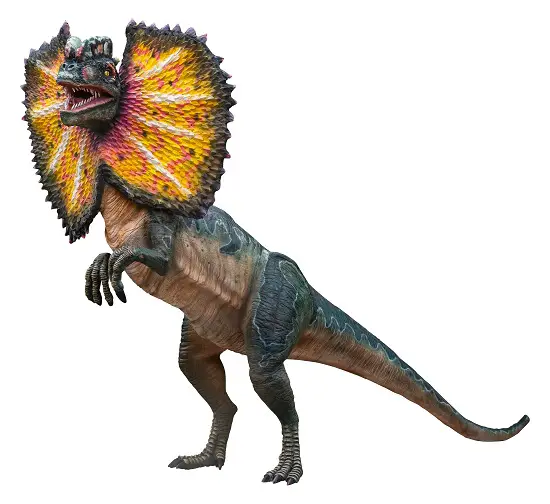
What is known from the fossils, and the purpose of this article, is that the size of the movie version of Dilophosaurus is significantly smaller than the real species. In the movie is is around 2 metres long and much shorter. ( one of the few times in the franchise they made a dinosaur smaller rather than larger!
However, the addition of a lesser known dinosaur should be welcomed, even with some pretty heavy artistic license used, and this as well as the footprints discovered in Connecticut are some of the likely reasons why it was adopted as their state dinosaur in 2017
Table 3: Difference between Jurassic Parks Dilophosaurus and The Real Dilophosaurus
| Characteristic | Movie Dilophosaurus | Real Dilophosaurus |
|---|---|---|
| Size | Small (around 2 meters long) | Large (around 6-7 meters long) |
| Neck Frill | Yes | No |
| Venomous saliva | Yes | No |
| Crest on head | Yes | Yes (but much less prominent) |
| Hunting ability | Portrayed as a clever and deadly predator working in packs | Hunting abilities still being studied, not sure if pack hunted or not. |
| Accuracy in portrayal | Fictional | Based on scientific research |
Conclusion
At around 20-23 feet in length, up to 880 lbs in weight, and with a hip height of around 6 feet Dilophosaurus was a medium-sized theropod dinosaur that lived during the Early Jurassic period.
While it was not as large as some of the largest predators of all-time it was one of the largest of its time and was likely to be an agile predator, able to move quickly and strike with precision thanks to its long, slender build and skull and sharp teeth.
Just make sure you remember it wasn’t the venom of the frill you have to worry about, its those teeth and its speed!
References
- https://dinomuseum.ca/2019/04/the-real-dilophosaurus#:~:text=Dilophosaurus%20was%20also%20much%20larger,of%20an%20adult%20brown%20bear).
- https://en.wikipedia.org/wiki/Dilophosaurus
- https://animals.howstuffworks.com/dinosaurs/dilophosaurus.htm
- https://a-z-animals.com/animals/dilophosaurus/
Hi, I am Roy Ford a General Studies and English Teacher who has taught all over the world. What started as a fossil collection became a great way to teach, motivate and inspire students of all ages and all over the world about dinosaurs and from that and children’s love of dinosaurs came the site dinosaur facts for kids, a resource for all ages.

